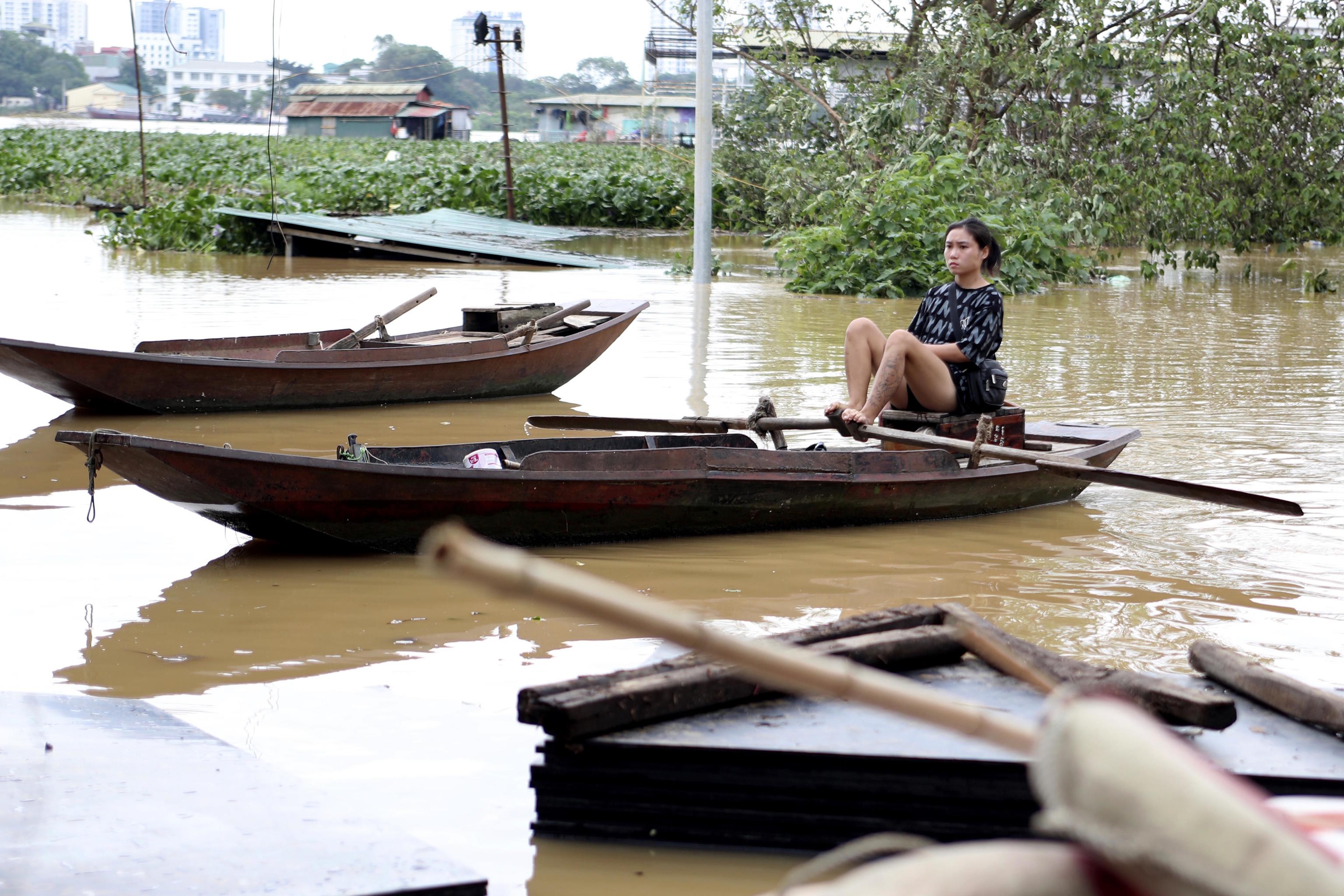Yagi hit the Philippines in early September as a tropical storm with maximum winds of 90 km/h. Then, upon reaching the Chinese island of Hainan, it transformed into a super typhoon with winds of up to 240 km/h. The first two strikes of Yagi already left nearly thirty dead, floods, and landslides. But the devastating final blow is being felt mainly in Vietnam: over 150 dead and nearly 200 missing since the typhoon began to hit the northern part of this Southeast Asian country over the weekend.
The floods and landslides have ravaged entire villages in Vietnam. In remote mountainous communities like Lang Ni, near the border with China, around thirty people have died. Another neighboring village was buried by a torrent of water. Rescue teams are searching for survivors among the 35 families that were buried under the mud and debris.
The fury of Yagi has also been felt in the capital, Hanoi, where authorities have evacuated thousands of residents living in settlements near the overflowing Red River. Residents told local media that these are the worst floods in decades. Authorities have ordered the closure of many schools and factories.
Vietnamese officials have explained that the floods in Hanoi have reached levels not seen since 2008. Further north, in the province of Yen Bai, nearly 60,000 people have been evacuated.
Yagi has been the strongest tropical typhoon to hit Asia so far this year and the second most destructive in the world after hurricane Beryl, a category 5 hurricane that struck the Caribbean at the end of last June.
The initial impact of the typhoon in the Philippines left around twenty dead and thousands of homes without electricity. Around 20 major storms and typhoons hit this country each year, usually between late June and October, causing damage to homes and infrastructure and killing dozens of people.
The typhoon's passage through China caused the collapse of dozens of houses. There were ten deaths and 400,000 people were evacuated. Laos and Myanmar have also been affected by the floods. In Thailand, four deaths have already been reported in two landslides. The army has been deployed in the northern part of the country to evacuate over 9,000 families.
The region is accustomed to dealing with strong typhoons, cyclones, and hurricanes every year, but scientists warn that these are becoming increasingly stronger due to climate change: warmer ocean waters allow storms to accumulate more energy, resulting in faster and more dangerous winds.
